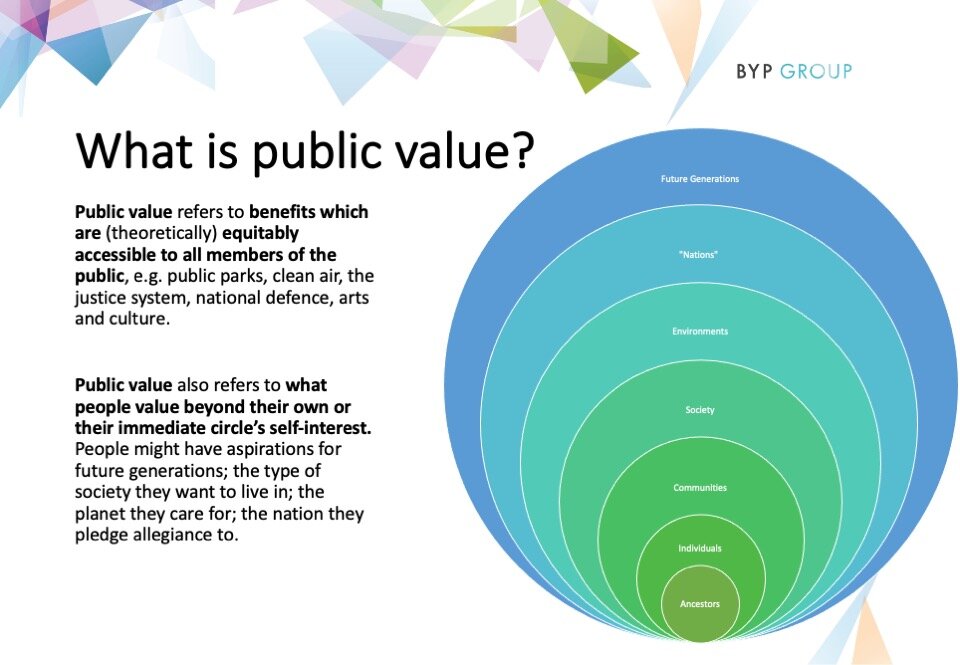The term ‘cultural safety’ originally comes from the work of Maori nurses in New Zealand, and is defined as,
An environment that is safe for people: where there is no assault, challenge or denial of their identity, of who they are and what they need. It is about shared respect, shared meaning, shared knowledge and experience of learning, living and working together with dignity and truly listening [1]
Cultural competency programs with a focus on developing skills, knowledge and attitudes can be problematic because they may ‘lull practitioners into a falsely confident space.’[2] Cultural safety is more than developing cultural competency: it is a paradigm shift which requires people to ‘examine sources of repression, social domination, and structural variables such as class and power,’[3] and ‘social justice, equity and respect.’[4]
This requires people and institutions to engage in deep, critical and ongoing self-reflection: ‘a stepping back to understand one’s assumptions, biases, and values, and a shifting of one’s gaze from self to others and conditions of injustice in the world.’[5]
[1] R. Williams (1999) ‘Cultural safety – what does it mean for our work practice?’ Australian and New Zealand Journal of Public Health 23(2).
[2] E. Curtis et al (2019) ‘Why cultural safety rather than cultural competency is required to achieve health equity: a literature review and recommended definition,’ International Journal For Equity in Health (18: 174).
[3] D. Doutrich et al (2012) ‘Cultural safety in New Zealand and the United States: looking at a way forward together,’ Journal of Transcultural Learning 23(2): 143-150.
[4] S. McGough, D. Wynaden and M. Wright (2017) ‘Experience of providing cultural safety in mental health to aboriginal patients: a grounded theory study,’ International Journal of Mental Health Nursing 2017.
[5] A. Kumagai and M. Lypson (2009) ‘Beyond cultural competence: critical consciousness, social justice, and multicultural education,’ Academic Medicine 84(6): 782-787.


